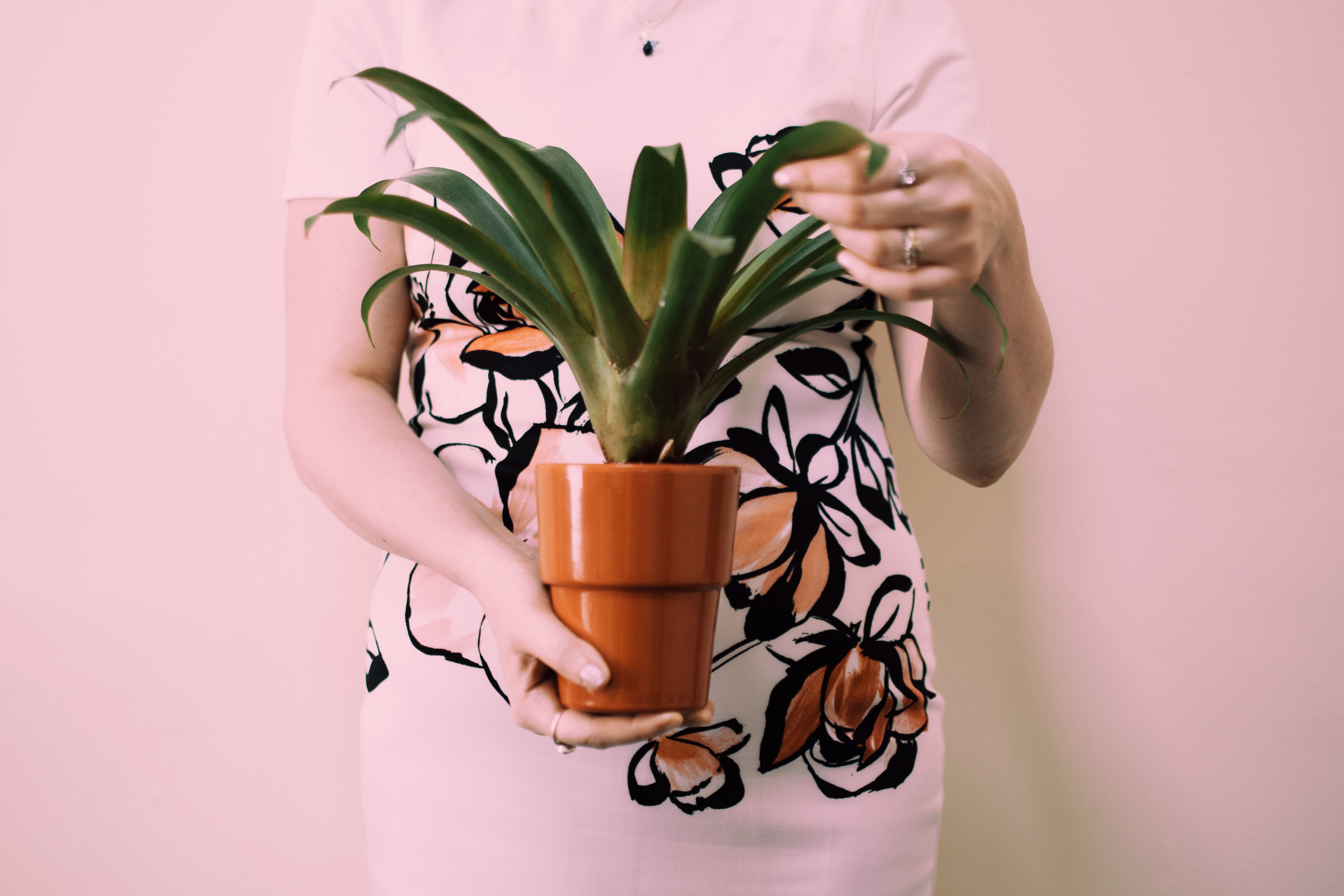
House plants that do not need direct sun
We all learn that plants need sunlight in order to facilitate photosynthesis. During this process, the plant transforms the nutrients it has absorbed along with the energy of the sun into food to allow it to grow. That said, there are a number of plants that actually prefer shady spots to the bright light of the sun.
Bromelaid boasts some wonderfully bright colours and it can be just the addition you need to spruce up an otherwise less than colourful space. They look best on tables, shelves, and depending on the species, you could even place the pot on the floor. These plants prefer indirect light so you should make sure that the sun does not hit them directly. If natural light is not available, this plant can survive under fluorescent lighting too.
English Ivy is great for transforming an otherwise boring wall. The vines will take a few years to grow from seed but, once they do, they are truly impressive. Since this plant is a vine, it will need a fence or trellis to grow on. It’s a great addition to a shady spot in your garden or patio. It’s perfect for concealing an otherwise unattractive fence too.
The Philodendron plant is also commonly known as the ‘Delicious Monster’ plant. It has large green leaves which make it best suited for outdoors. They are fairly easy to grow and are not too sensitive to varying conditions. However, they do need to be shielded from direct sunlight.
The Chinese Evergreen is one of the easier indoor plants to grow. They do produce flowers that resemble calla lilies and they can be used to decorate both homes and business spaces alike. They are not too fussy about where you put them but you should make sure that they get the right amount of sun based on the colour of their leaves. Darker leaves mean that the plant prefers less sun and pink or orange leaves prefer a moderate amount of light. Direct sunlight will result in scorched leaves so be careful and protect this plant from the sun.
The cast iron plant lives up to its name because it can withstand just about any type of weather conditions. These low-light plants can be used in just about any part of your home. Provided, of course, that they don’t end up with direct sunlight burning their leaves. This plant can thrive with some extra attention and it’s a good idea to wipe down the leaves once a week. Use a damp cloth to do so. This will allow the leaves to absorb light more efficiently and effectively.
